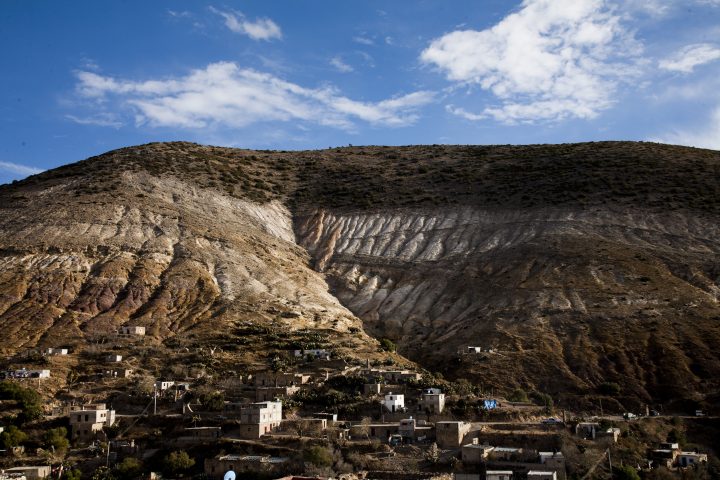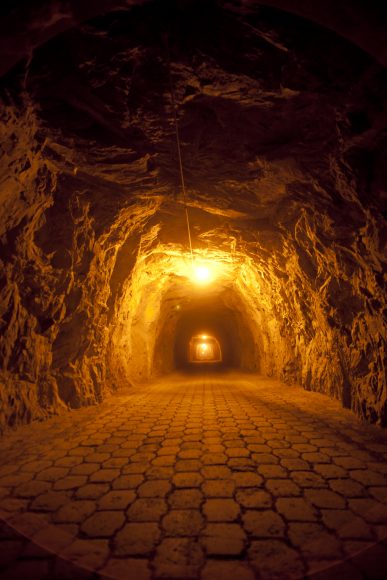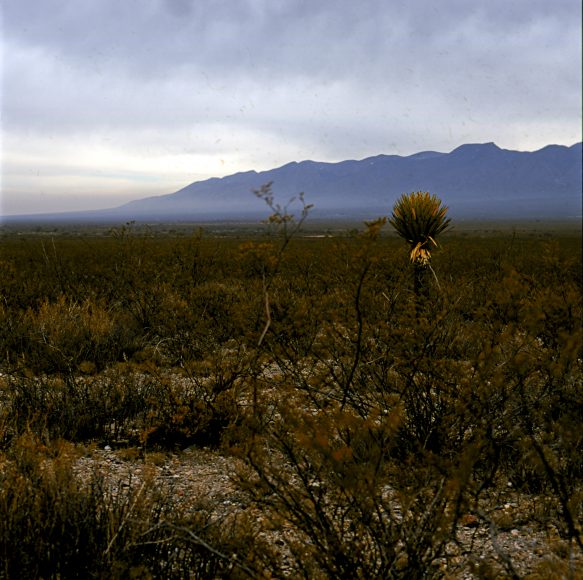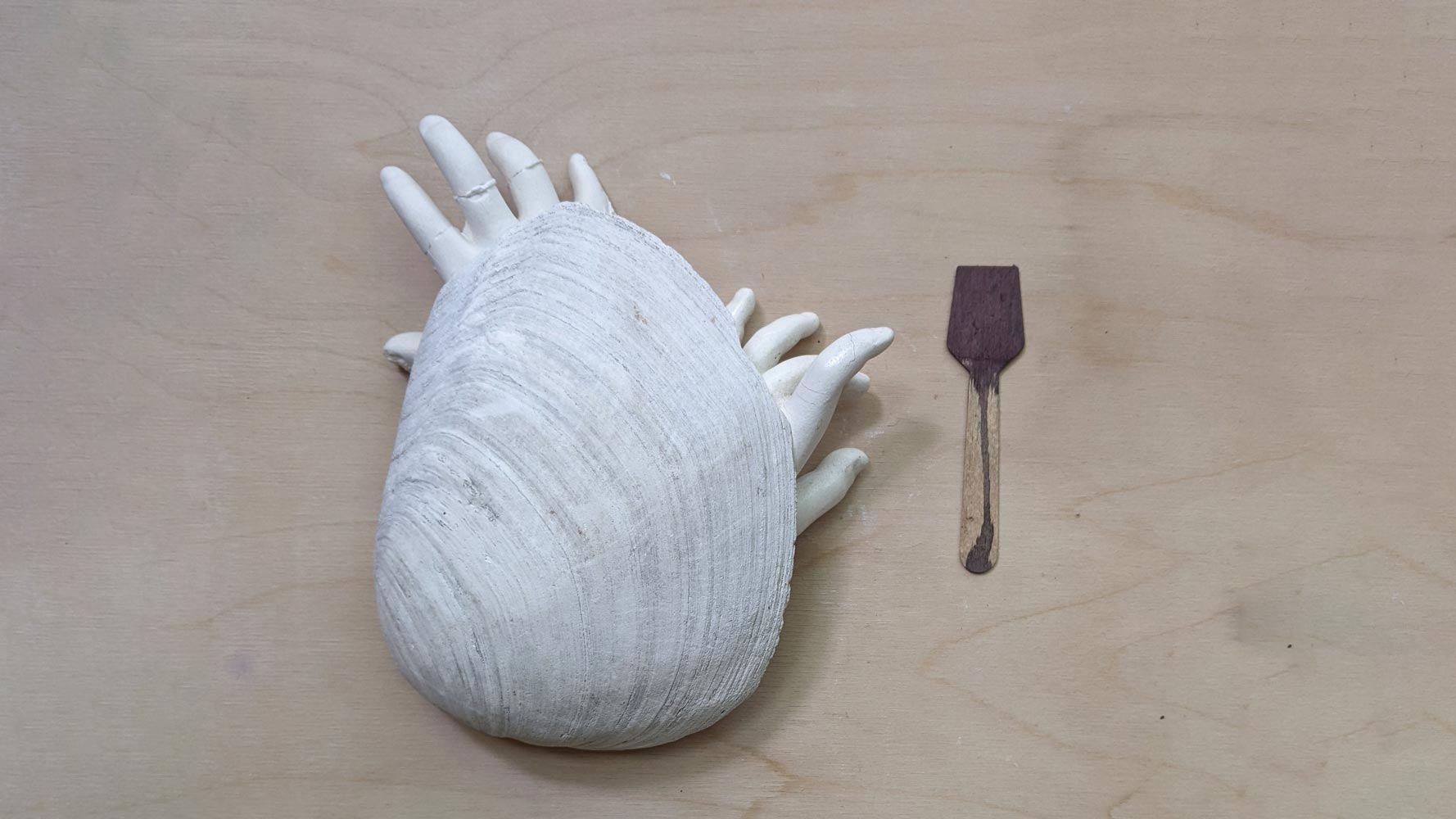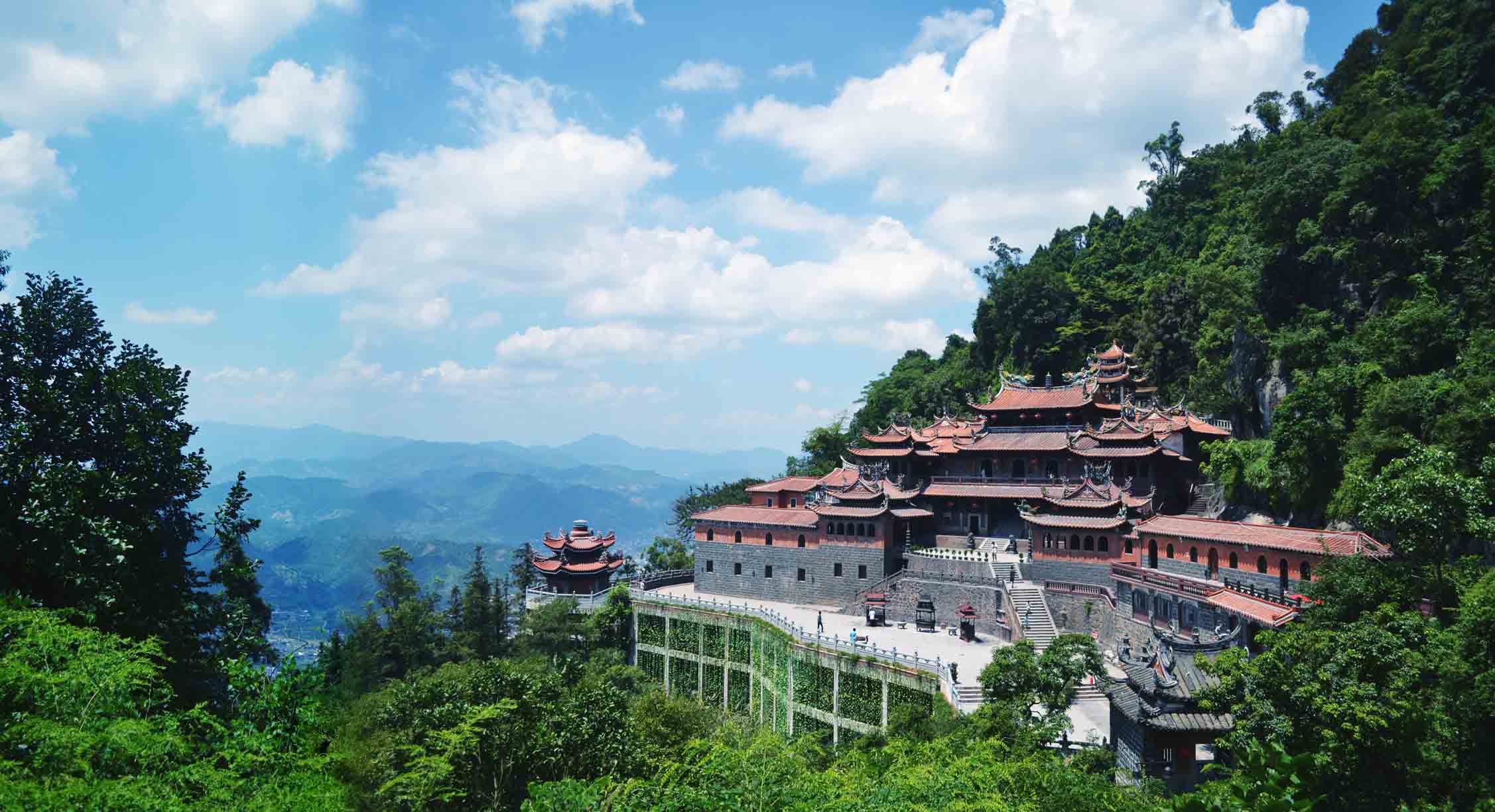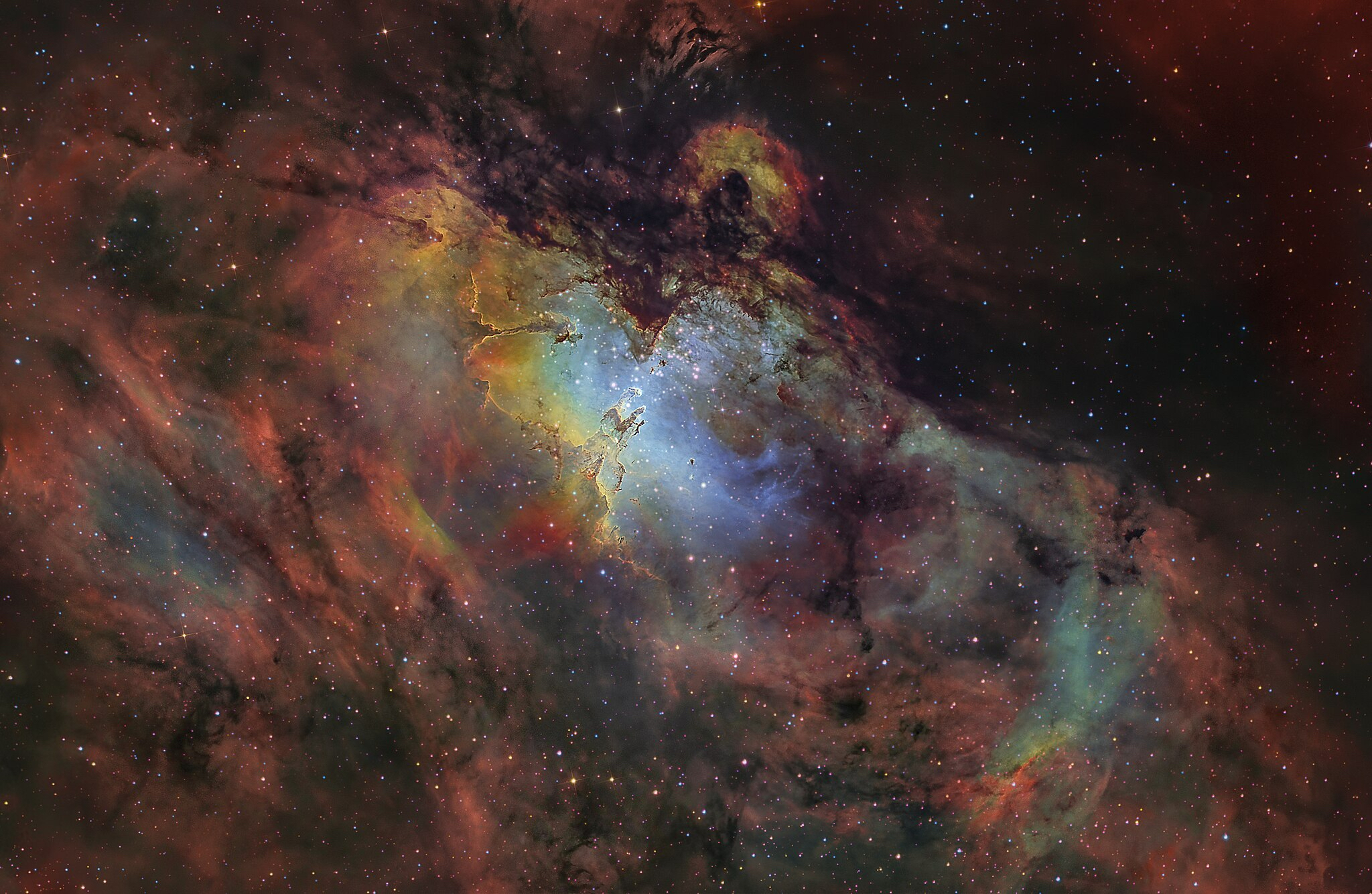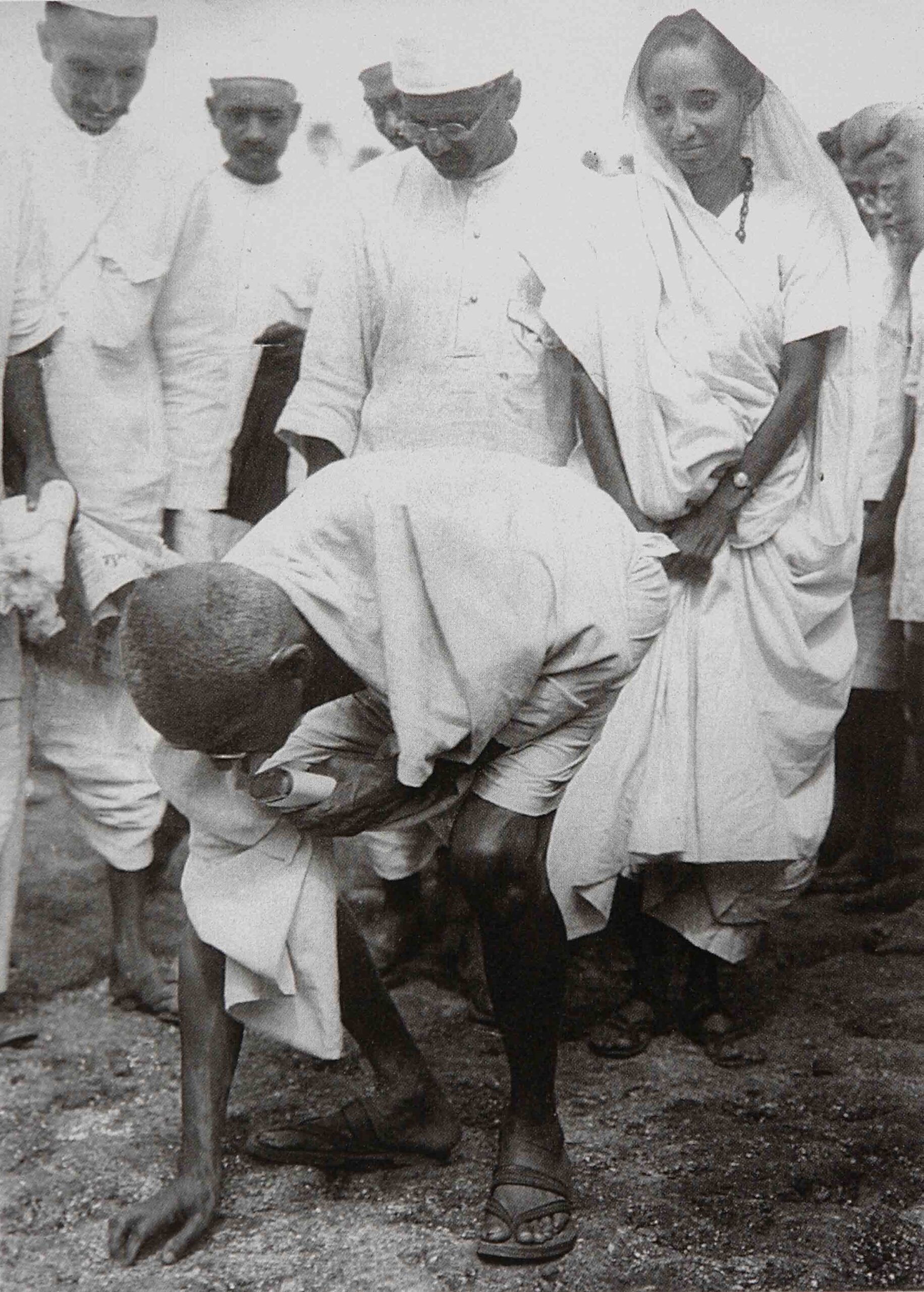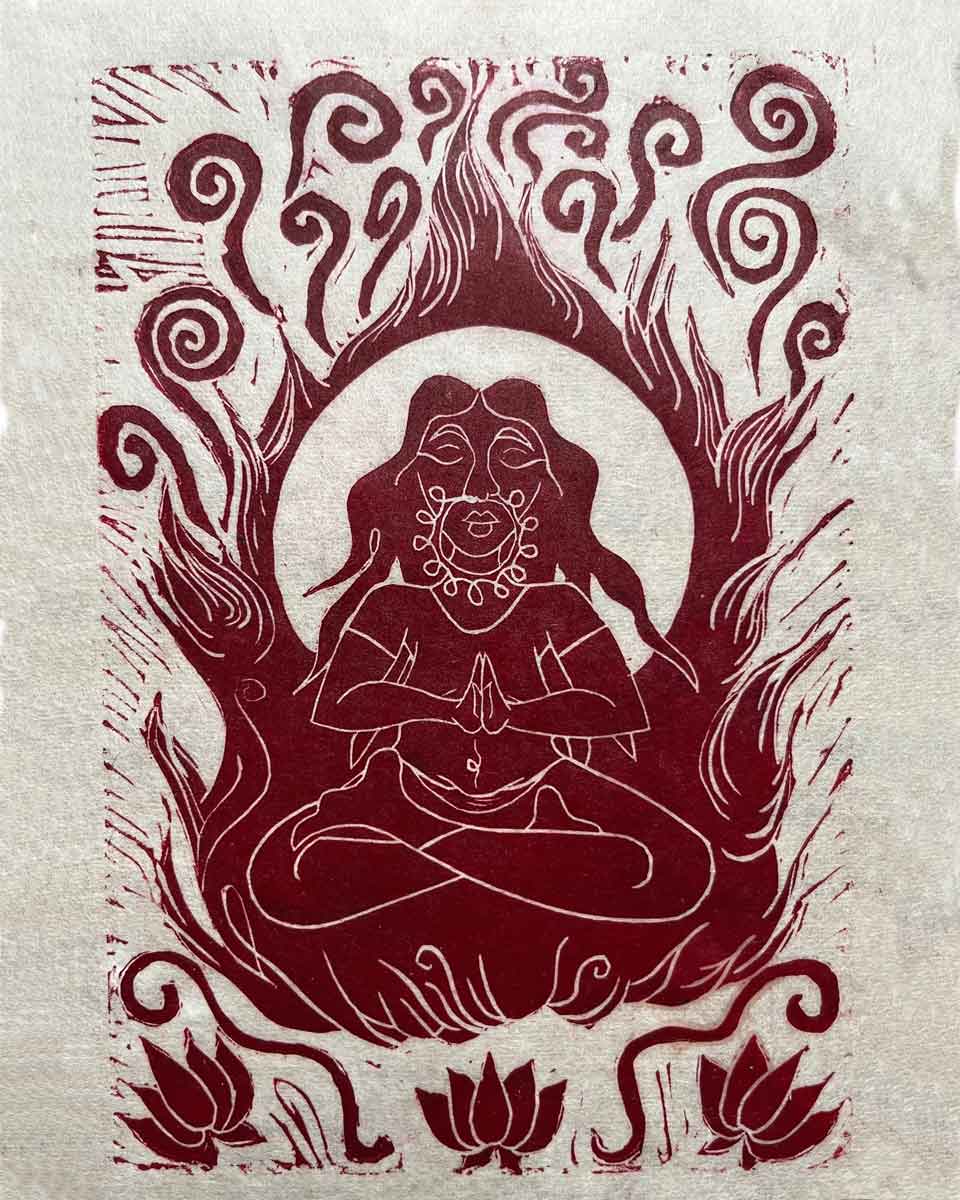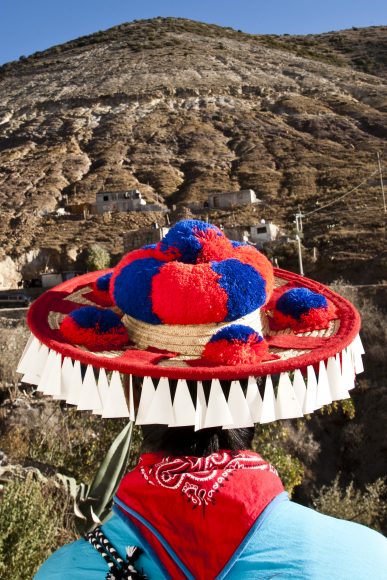
A local Wixárika man contemplating the mountains surrounding Real de Catorce, 2011 (c) José Luis Aranda
Photos by José Luis Aranda with commentary by Claudia Itzkowich
The southern part of the Chihuahua desert is home to Wirikuta, the sacred land of the Wixáritari, who carry out ritual pilgrimages from the remote mesetas where they have lived for centuries. Their ceremonies centre on music and dance and offerings involving feathers, arrows, corn, deer blood and peyote, perpetuating the traditions and beliefs of a people that was never subdued by the Spanish Catholic conquerors of current Mexico.
In 1988, Wirikuta was included in UNESCO’s list of Natural Protected Areas and Sacred Sites, and 140,211 hectares were declared an ecological, natural and cultural reserve in 2000.
For decades, though, this open-air sanctuary has been invisible to the developers and mining companies that are blind to everything but the silver, lead and zinc that lie below the surface.
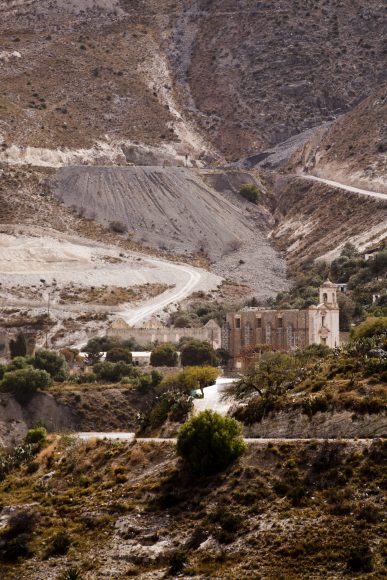
Remnants of the Santa Ana Mine provide a backdrop to the inflammatory First Majestic mine from Vancouver, in the community of La Luz, 2011 (c) José Luis Aranda
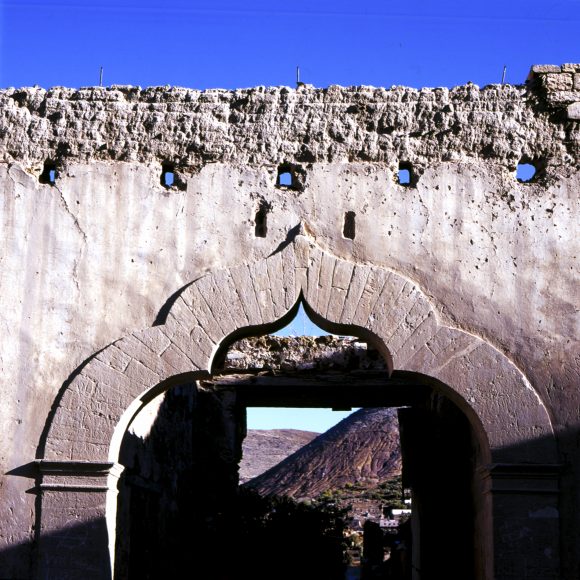
The ruins of the San Agustín Mine mark the entrance and exit to the south of Real de Catorce, 2011 (c) José Luis Aranda
Since 2010, a group of Wixárika activists has mobilized to halt the plans of Vancouver’s First Majestic Silver Corp. to expand into Wirikuta, endangering the water supply of the local population and disregarding the symbolic importance of the place. But the threat is still present, as is the need to listen to the voices opposing it, led by the Consejo Regional Wixárika por la Defensa de Wirikuta.

A Wixárika woman from Nayarit waiting to be received by the mayor of Real de Catorce, 2011 (c) José Luis Aranda
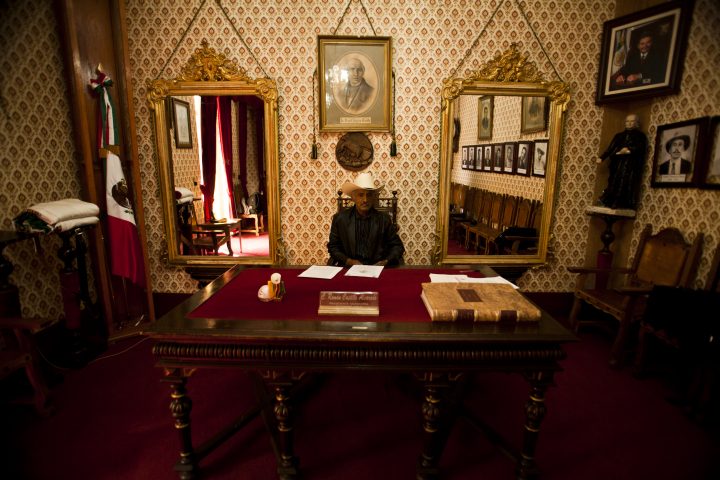
Román Castillo Alvarado, Mayor of Real de Catorce, just before a meeting at City Hall, 2011 (c) José Luis Aranda
With these images taken in 2011 by Mexican photographer and environmentalist José Luis Aranda at one of the most critical moments of the resistance movement, Montréal Serai joins the effort to stop the senseless exploitation of natural, economic and spiritual resources.

The Wixárika believe that the Cerro del Quemado mountain range is the birthplace of the sun and of all life; this piece was made of yarn and Campeche wax over a wooden panel, 2011 (c) José Luis Aranda
Recommended viewing:
Trailer with subtitles: https://vimeo.com/ondemand/huicholesfilm
Link to actual film ($3.99 rental fee) https://huicholesfilm.com/es/huicholes-film-mx-free/
For more work by José Luis Aranda: www.joseluisaranda.com
